Marcel Gromaire
Marcel Gromaire, French(1892-1971. Gromaire began studying law, in Paris, where he first became acquainted with the artists of Montparnasse. He was influenced by and studied the works of such painters as Matisse, Cézanne, and later by Fernand Léger. In 1912, Gromaire was drafted into military service and served until he was wounded in 1916. During his time in the war, he gathered the basic impressions which would determine his later artistic career. He returned to Paris in 1919 and worked as a film critic. In 1920, Gromaire met his future patron, Dr. Girardin, who for decades bought the oil paintings and watercolors Gromaire produced. Gromaire's work was finally recognized in his exhibition of 1933 in the De Bâle art gallery. In 1937, Gromaire carried out the decoration of the pavilion of the porcelain manufacturer Séveres at the World Exhibition in Paris. From 1933 to 1944, Gromaire was part of the renewal of the tapestry movement. Gromaire went to the United States in 1950 and received the renowned Carnegie Prize in 1952. After much sickness, Marcel Gromaire died in Paris in 1971.
|
|
|
|
|
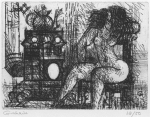
Nu Se Chauffant, 1944
|
|
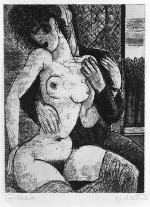
Le Couple, 1935
|
|
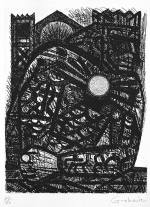
Macbeth Suite #1, 1958
|
|
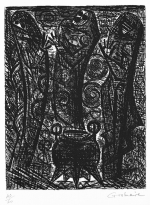
Les Sorcieres, Macbeth Suite, #2, 1958
|
|
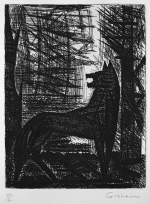
Presage, Le Loup, Macbeth Suite, #5, 1958
|
|
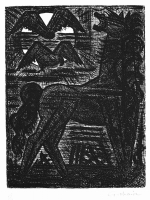
Presages, Cheval Noir Et Oiseaux De Nuit, Macbeth #7, 1958
|
|
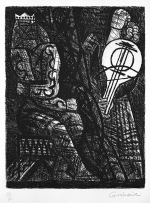
Remords de Macbeth, Macbeth #9, 1958
|
|
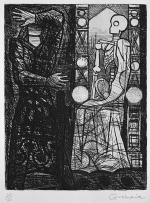
Le Spectre de Banquo, Macbeth #10, 1958
|
|
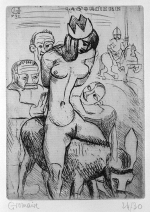
La Sourciere Sur Un Ane, 1923
|
|

Portrait of Marcel Duchamp, 1952
|
|
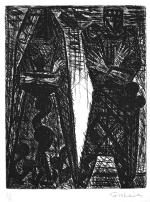
Le Complot, Macbeth #4, 1958
|
|
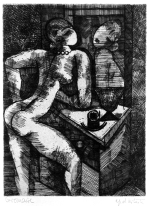
Nu Se Mirant, 1931
|
|